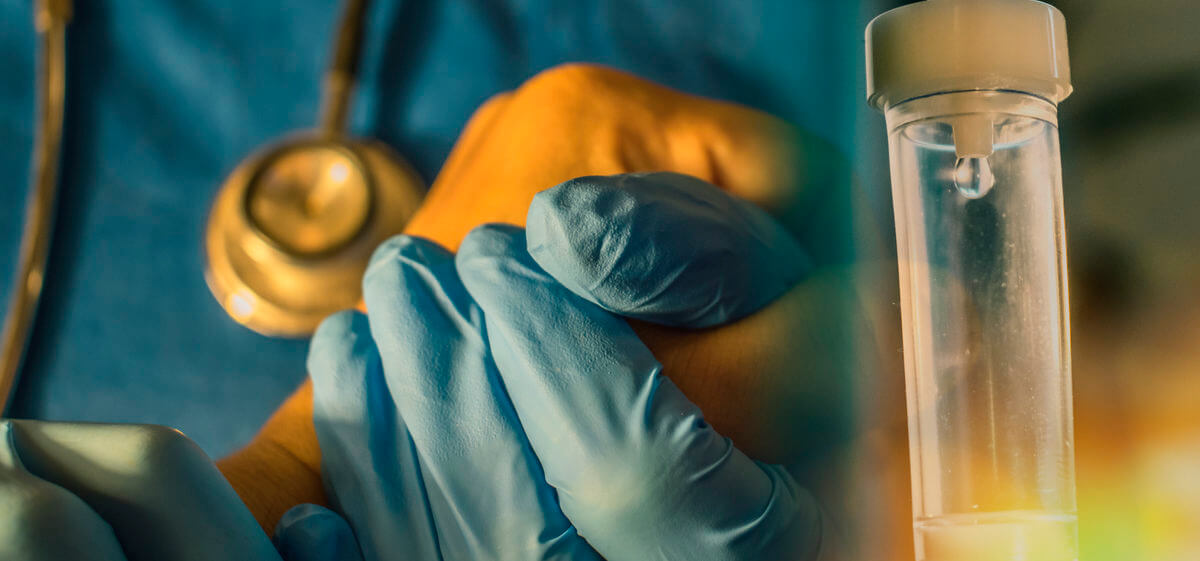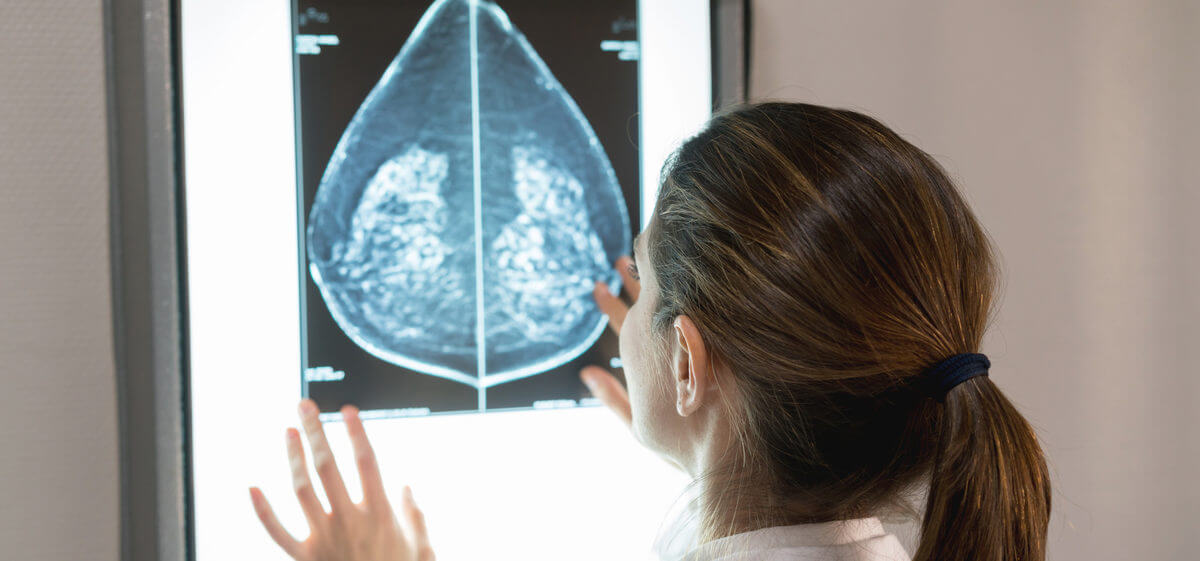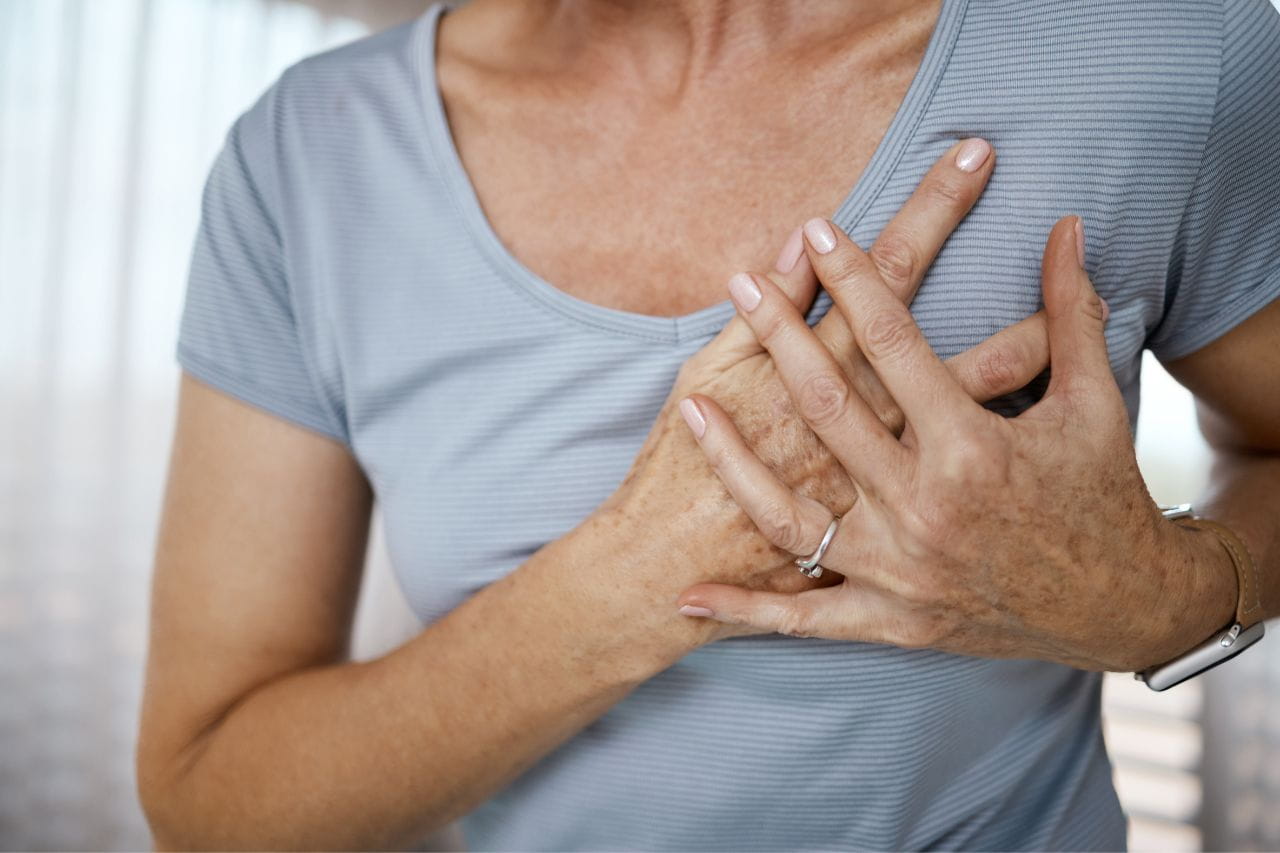Chemotherapy Side Effects

When undergoing treatment for cancer, patients can find themselves subjected to a range of side effects of chemotherapy. Side effects often vary with the type of chemotherapy and because each patient is different, each will encounter individual differences.
Common Side Effects of Chemotherapy
Common side effects of chemotherapy can include:
- Fatigue
- Hair loss
- Bruising and bleeding
- Infections
- Anemia
- Nausea and vomiting
- Appetite changes
- Constipation
Fatigue
Fatigue is the most common side-effect of chemotherapy, and the most overwhelming. Patients who have experienced fatigue from chemotherapy describe it as distressing and say it filters through to every part of their lives. Even sleep doesn’t make it better, but the degree of fatigue will decrease until the next treatment.
Hair Loss
While fatigue is the most common, hair loss is often the first chemotherapy side effect that comes to mind. Chemotherapy drugs kill fast-growing cells, typical in cancer, but they also damage normal fast-growing cells. Hair follicles are one example of normal fast-growing cells. It is impossible to know how much. Most of the time, hair loss begins after a few weeks of treatment. Sensitivity of the scalp is normal, and hair typically starts to grow back before the treatment ends. A cooling cap may help in reducing the risk of hair loss. A “cranial prosthesis” (wig) can help with a patient’s self-consciousness of hair loss.
Bruising & Bleeding
Other affected type of fast-growing cells is platelets (cells that help stop bleeding) in the blood. A lack of platelets leads to easy bruising and bleeding, a condition is called thrombocytopenia. While this is a common side effect of chemotherapy, it is still important to inform the treatment team of bruising or bleeding and its severity.
Infections
With healthy cells caught in the crossfire of chemotherapy, infections are more common and potentially more life-threatening than before chemotherapy. Fever is typically the first sign of infection. Patients should check with their doctor before treating it with the normal, over-the-counter remedies.
Common infection prevention measures are even more important with chemotherapy patients. These include:
- Thorough hand-washing using warm soap and water (especially when dealing with food)
- Avoidance of large crowds and people with infections, fever or flu
- Carry wipes and hand sanitizer to use after using handrails, counters, seating, tables, and chairs in public areas
Routine self-exams are also advised to detect any abnormalities such as red marks or swelling on the body. If the patient suspects an infection, they should inform their doctor immediately.
Anemia
Anemia (low red blood cell count) can be an overlooked side effect of chemotherapy because of its slow progression.
Symptoms of anemia include:
- Increased heart rate
- Shortness of breath
- Trouble breathing
- Dizziness
- Chest pain
- Swelling
- Pale skin
- Extreme fatigue.
Anemia is another potentially life-threatening chemotherapy side effect. To treat, the doctor will first determine the degree of anemia — mild, moderate, severe or life-threatening — by testing the hemoglobin level in the blood.
Eating foods high in iron, delaying cancer treatment, and medication are all possible treatments for anemia. Treatment with a blood transfusion will depend on the degree of the anemia. It is very important to monitor for anemia and alert the patient’s treatment team if symptoms appear.
Nausea & Vomiting
Nausea and vomiting are common and extremely unpleasant side effects of chemotherapy. Chemotherapy can often trigger the “vomiting center” of the brain as well as the esophagus, large intestine, small intestine, and stomach. After those areas are triggered, a reflex pathway is created, causing nausea. Medications can block this pathway in order to prevent nausea and vomiting.
Losing fluids and nutrients from constant vomiting can quickly become serious. Preventive measures for nausea and vomiting include eating bland foods, drinking cold fluids slowly, resting after eating, avoiding spicy and sweet foods, and sucking on hard candy. Treatment of this side effect may result in postponing further treatment.
Appetite Changes
Appetite changes, specifically, poor appetite, can be a side effect of chemotherapy. Because appetite changes are easy to monitor, it can be a quickly-treated and short-term problem. But if poor appetite isn’t addressed, it can turn more serious because the body isn’t getting the necessary nutrients at a vulnerable time.
Treatments include smaller and more frequent meals (as many as eight per day), smoothies, starchy foods, cool drinks, and pleasant-smelling foods. If the lack of appetite persists, inform the treatment team.
Constipation
Constipation is a common side effect of chemotherapy that is typically treated by adding fiber to the diet, drinking plenty of fluids, and exercising daily.
Every patient responds differently to chemotherapy; they should inform their doctor or treatment team of any and all side effects they are experiencing.



